South Australia’s new solar installation rules came into effect on September 28, 2020, rules designed to ensure that all new solar PV systems are capable of remote disconnection and reconnection along with the requirement of consumers to appoint a ‘Relevant Agent’ and an approved inverter.
The new regulations brought in via the Smarter Homes Program on the fourth anniversary of South Australia’s (SA) infamous state-wide blackout, are, from the government’s perspective, designed to allow more solar to join the grid. However, despite coming under the banner of Smarter Homes regulations, these apply to all solar PV, not just residential.
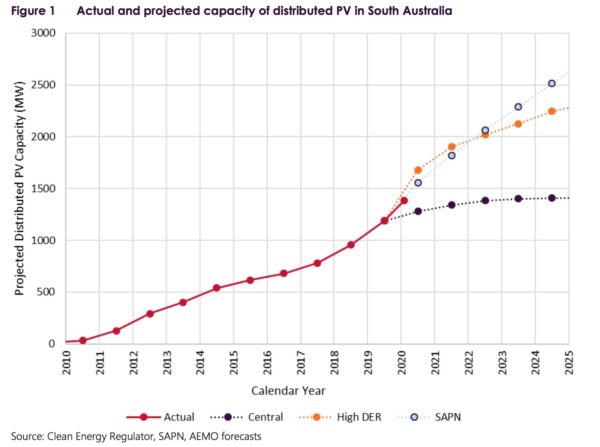
As the above graph demonstrates, SA, already one of the world’s leading uptakers of solar, is projected to see its distributed solar capacity grow year on year and the old regulations simply weren’t designed for a distributed energy system.
SA Minister for Energy and Mining Dan van Holst Pellekaan said: “These standards will ensure that solar systems continue to generate for households during disturbances. As an absolute last resort measure under conditions like infrastructure failure at times of low demand, output can be reduced to allow the market operator to keep the lights on.”
Consumers
For solar consumers this is a line in the silicon. For a new solar customers looking to install rooftop pv on their home, they will have to ensure their system utilises a compliant inverter from a list supplied by the government, these are inverters with low voltage ride-through capabilities, internet connection and an onboard communications port.
These customers will also need to choose a ‘Relevant Agent’; less of a Jason Bourne type and more of a desk-jockey at an energy retailer. The consumer will have to nominate a ‘Relevant Agent’ registered with the Technical Regulator and found on a government-approved list. This ‘Relevant Agent’ then has the legal power to remotely disconnect and reconnect your solar system from the grid as a distributive control.
People who already have solar installed can rest easy, for the new rules do not affect existing solar customers unless they want to replace an inverter out of warranty. If your inverter is out of warranty , you will have to upgrade to an approved inverter.
Solar installers and retailers
For solar installers and retailers the new regulations are bitter-sweet, though necessary they could be described as strong and swift, leaving much redundant stock due to the government’s “picking of winners”. Indeed the CEC said in July that the then proposed regulatory changes threatened ‘rail gauge’ headaches. “There is a need for a clear and consistent national standard for dynamic export limitation and for this to be referenced in the government regulations,” said the CEC, “it is vital that the SA Government avoid the temptation to pick technology winners in advance of standards.”
Nevertheless, winners have been chosen and new regulations also mean retailers and installers have new responsibilities, namely ensuring regulatory solutions are explained to the customer at point of sale. Retailers and installers will also have to be aware of a customers selected ‘Relevant Agent’ in order to process at network application time.
Transition issues
Of course any regulatory transition comes with problems. One such problem identified by the Australian Energy Market Operator (AEMO) in May is that networked inverters may sometimes disconnect in response to voltage disturbances. Which means “that a severe but credible fault near the Adelaide metropolitan area could cause disconnection of up to half the distributed PV in the South Australian region.”
Such a disconnection could potentially look a lot like the infamous blackout of four years ago that these regulatory changes are commemorative of.
Another problem aroused by these regulatory changes is that the approved list of inverters and agents is relatively small, although the SA Government has said they will grow.
More investment
Holst Pellekaan said that he appreciated that the short period of time in which these regulations have come into effect along with the already monumental challenge brought by Covid-19, means that the timing is not ideal “for some solar companies.” Nevertheless, the SA Government believes it has to be done.
Alongside regulatory upgrades are network upgrades, including a $10 million investment to improve voltage ride through on the distribution network and more investment toward the acceleration of the SA-NSW Interconnector. “My message is clear,” said Pellekaan, “getting solar and batteries still makes great financial sense for so many households, and you can now invest with more confidence that your investment will be protected.”
This content is protected by copyright and may not be reused. If you want to cooperate with us and would like to reuse some of our content, please contact: editors@pv-magazine.com.
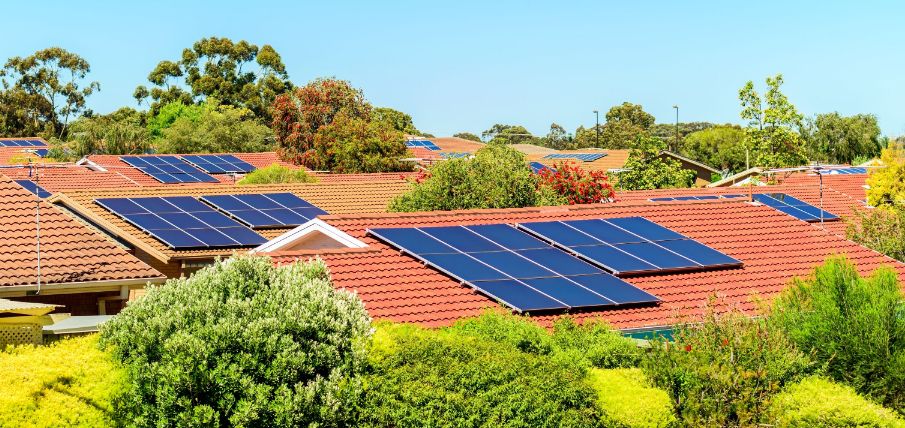
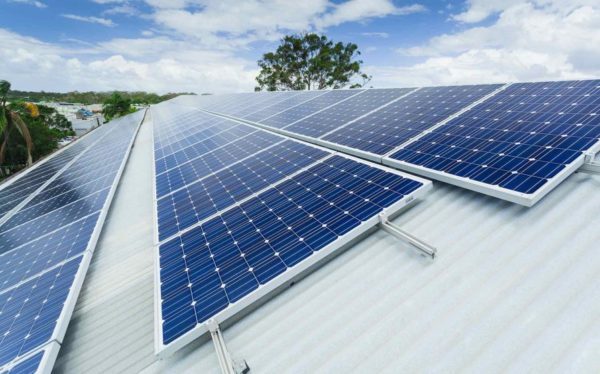


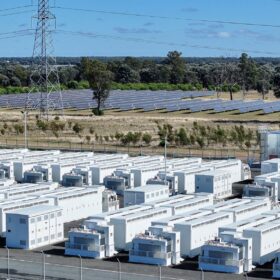

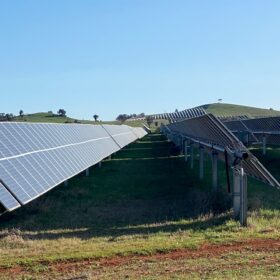
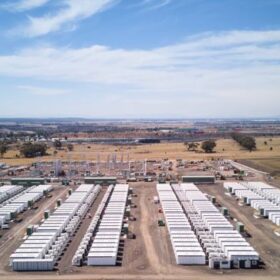
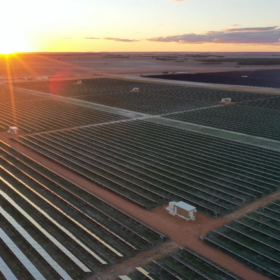
Superb write up there. Liked all that you shared. One can’t deny the power of rules and regulation of solar inverter industry.